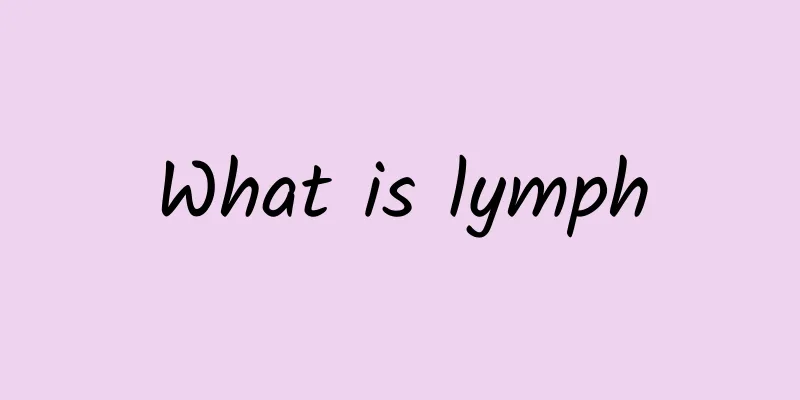The efficacy and function of sword beans

|
Sword bean, also known as sword bean, big sword bean, sword bean, etc., is an annual coiled woody plant of the genus Sword bean in the legume family. It is eaten as young pods, has a crisp texture, delicious and refreshing taste, and elegant aroma. It has the effects of warming the middle and transforming the yang, stopping vomiting, and benefiting the kidneys. It can effectively treat symptoms such as hiccups, vomiting, abdominal distension after illness and yin deficiency and internal heat, as well as low back pain caused by kidney deficiency. The role and efficacy of sword beans Jack beans are also called sword beans. From the perspective of traditional Chinese medicine, this kind of sword bean is warm in nature and sweet in taste. It can relax the middle, warm the yang, and stop vomiting. It has a good auxiliary therapeutic effect on nausea and retching caused by gastrointestinal cold. From a pharmacological point of view, this kind of sword bean is rich in cellulose, protein, carbohydrates, and vitamin C, which can not only promote the body's metabolism, but also improve symptoms such as abdominal distension, constipation, and low back pain caused by rheumatism. And the methylcellulose in it can reduce blood pressure while promoting intestinal peristalsis. The medicinal value of sword bean 1. To treat whooping cough: Crush 10 sword beans, 5 grams of licorice, add rock sugar and boil in water, remove the residue and take frequently. Or, boil 25 grams of sword beans in water, add old rock sugar, and take 3 times a day. 2. To treat headaches, costal neuritis, and pain from injuries: burn the broad beans and grind them into powder. Take 3 grams each time, two to three times a day, with warm rice wine. 3. To treat lower back pain: 15 grams each of sword bean pods and cotton melon stems, burn them to preserve their properties, and mix with warm rice wine. This is the dosage for one serving, and it needs to be taken twice a day. 4. To treat hiccups due to yin deficiency and internal heat: 15 to 30 grams of sword beans, 3 slices of ginger, decocted in water and remove the residue, add appropriate amount of old brown sugar, and take two to three times a day. 5. Treatment of kidney cancer: 30 to 60 grams of sword beans, 60 grams of coix seeds, 60 grams of red beans, and 60 grams of black beans. Boil them in tap water and take one dose per day. 6. To treat asthma and cough: fry the sword bean until dry and grind it into powder. Take it with brown sugar and ginger soup, 3 times a day. 7. To treat stomach cold and vomiting: Boil 30 grams of sword bean shell in water, add brown sugar, and take twice a day. 8. To treat rhinitis: Grind sword beans with shells into ultrafine powder, take 6 grams each time and mix with rice wine. 9. To treat small intestinal hernia in children: Grind the sword bean into powder, 3 grams each time, and take it with white sugar and ginger soup, 3 times a day. 10. To treat lower back pain during pregnancy: Cook 30 grams of sword beans with shells and a pig kidney together. 11. To treat terminal digestive system tumors: cook 30 grams of sword beans. Once a day. 12. To treat wheezing and cough in the elderly: 15 grams of sword beans, boil in water, remove the residue, add rock sugar, and drink appropriately. |
<<: Contraindications of Erzhi Pills
>>: Is the Nephrolepis poisonous?
Recommend
What examinations should be done for lumbar disc herniation?
Many people often encounter the phenomenon of lum...
Is it normal for women to go through menopause at age 50?
Menstruation has a great impact on women's ph...
What does redness between eyebrows indicate?
In ancient times, most people judged whether a pe...
Is asthma contagious?
Asthma is a relatively common disease. Because th...
How to care for herpetic pharyngitis
Herpetic pharyngitis is a type of pharyngitis. If...
Is vitamin C patch effective for oral ulcers?
Oral ulcers are a relatively common condition. Or...
What are the symptoms of thick neck disease?
Thick neck disease is the common name for an enla...
What are the benefits of moxibustion on the soles of the feet?
When it comes to moxibustion, I believe many frie...
How long does it take to recover from a skull fracture?
How long it takes to recover from a skull base fr...
Functional diarrhea
Diarrhea is a very common problem. There are many...
How to treat a dislocated shoulder
Shoulder dislocation is a relatively common sympt...
Is vitiligo contagious?
Is vitiligo contagious? If there are friends arou...
What are the differences between probiotics and prebiotics?
Prebiotics are carbohydrates that are not digeste...
Tooth sensitivity after fillings
Most people have cavities because the human body ...
What are the bumps on the nipples?
There are small bumps on the nipple, which are al...









